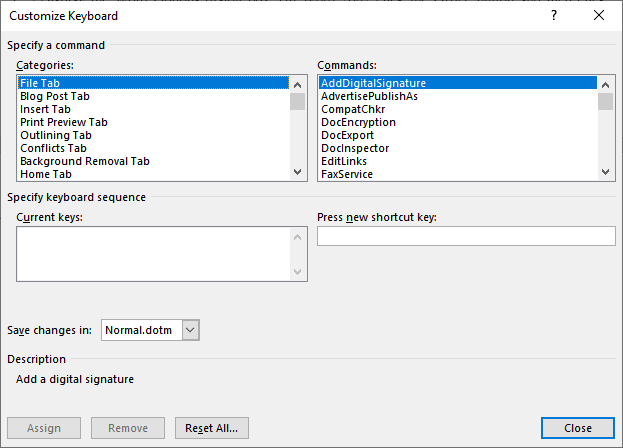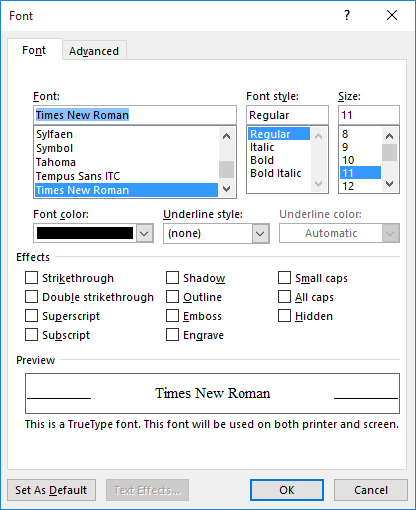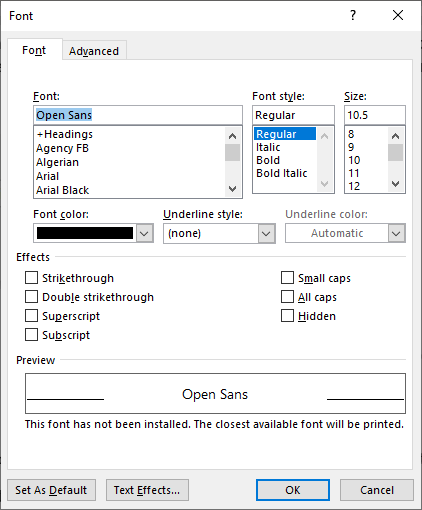


- Hot keys in word 2010 windows 10#
- Hot keys in word 2010 software#
- Hot keys in word 2010 windows 7#
- Hot keys in word 2010 windows#
(Microsoft Word is the most popular word processing software in the world.) This tip (12606) applies to Microsoft Word 2007, 2010, 2013, 2016, 2019, and Word in Office 365.
Hot keys in word 2010 windows#
In Windows XP, click the Start button, and then click Run.
Hot keys in word 2010 windows 7#
In Windows 7 or Windows Vista, click Start.
Hot keys in word 2010 windows 10#
In Windows 10 or Windows 8, right-click the Start button and click Run.

If you have a large piece of text and essay or a large body of work, this is a very helpful tool enabling you to find segments, words or areas very quickly. CTRL F will open up the navigational panel. To do this we are going to press CTRL and F. Close any Office programs that are running. First command is to open the navigational task panel. (In Word 2007 click the Office button and then click Word Options. The following procedure uses the Registry Editor to change the number of undo levels for Excel, although you can do the same in Word or PowerPoint. If you later want to change the key combination, you can follow these steps: This list is quite long, but you can identify the common shortcut keys that you frequently use and memorize them. When you first create a macro by recording it, Word gives you the opportunity to assign the macro to a specific key combination. These key combinations are referred to as shortcut keys, and when used they result in the macro or command being executed. You’re now ready to use this keyboard shortcut for skipping to the next Track Change in your document.Word allows you to assign macros or commands to specific key combinations.

Click the small drop-down arrow at the very right of your Quick Access Toolbar (QAT). Rotating images is a fairly simple process and can be done in a variety of ways to achieve a higher or lower level of precision.There isn’t one set by default in Word, so you need to create your own. What you need is a keyboard shortcut for skipping to the next change. Moving your mouse back up to that Next button becomes tedious very quickly. The problem is, sometimes you need to make other edits in between accepting or rejecting changes, or need to add further comments. Word 2003: Next (and Previous) buttons on the Reviewing toolbar


 0 kommentar(er)
0 kommentar(er)
